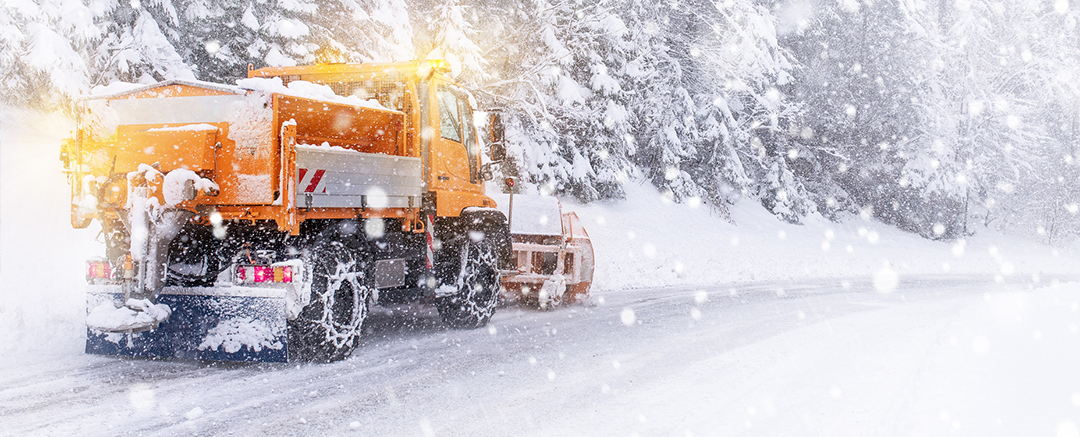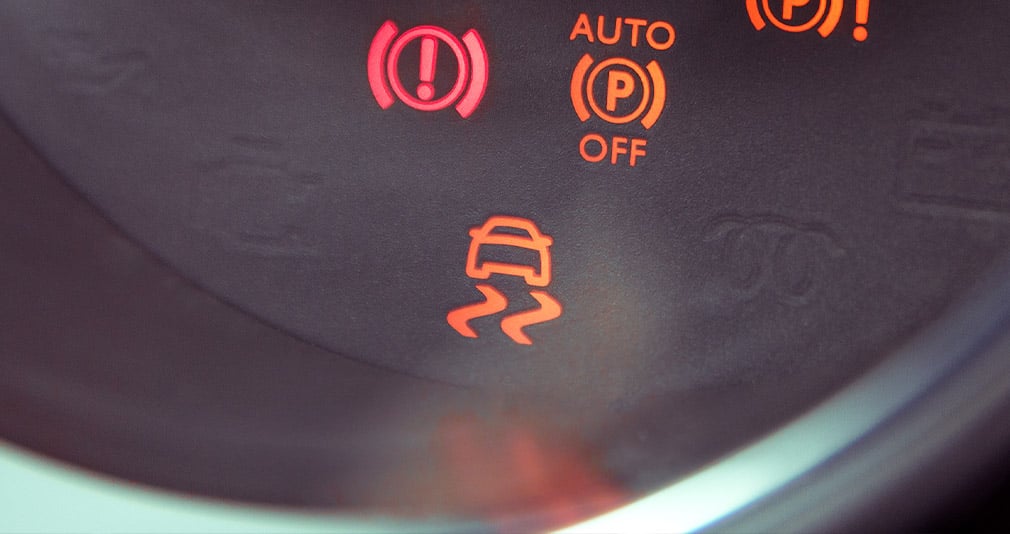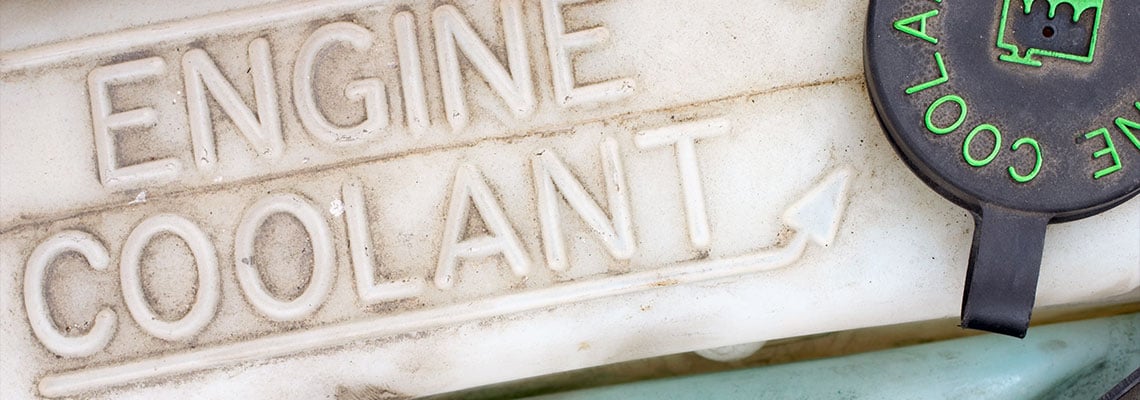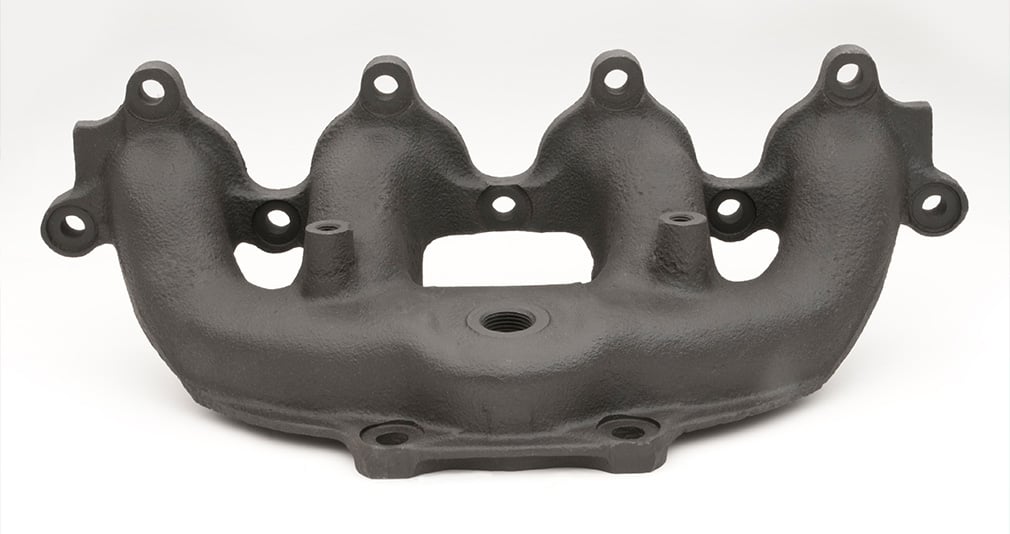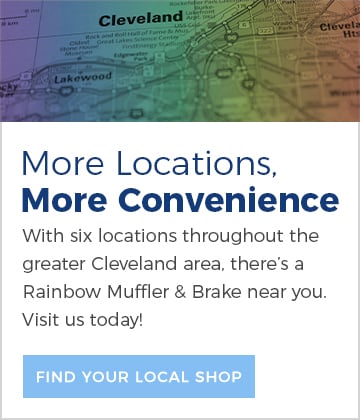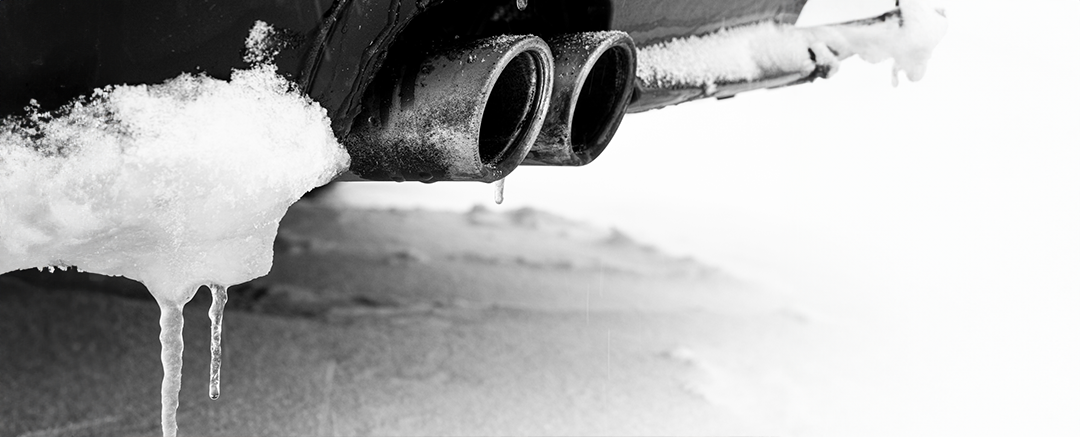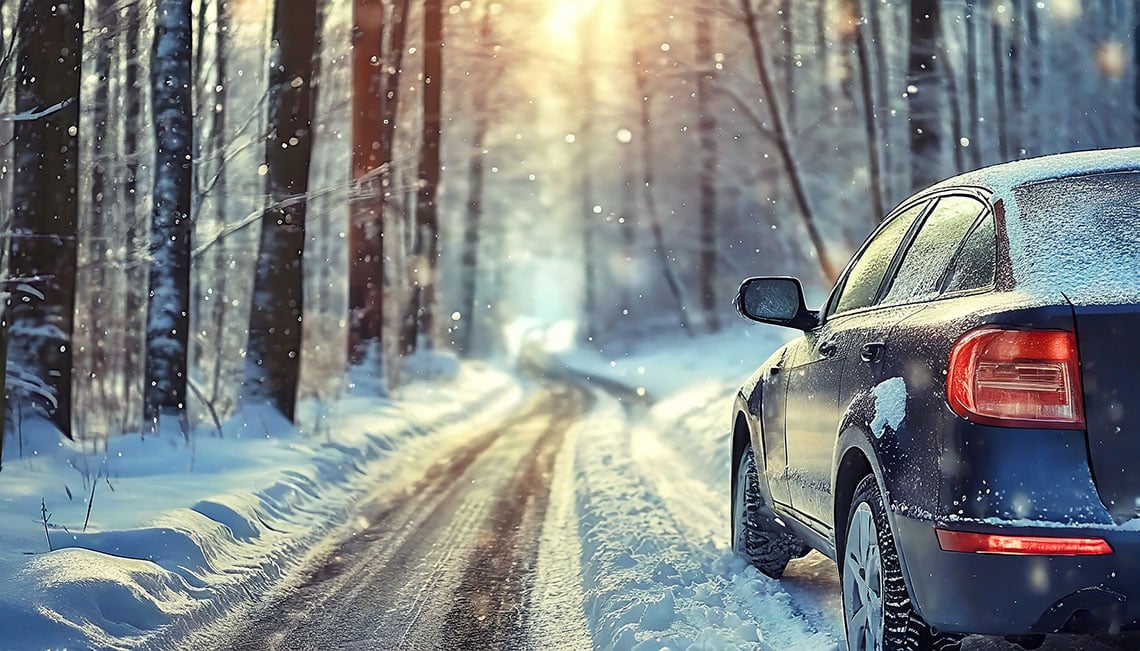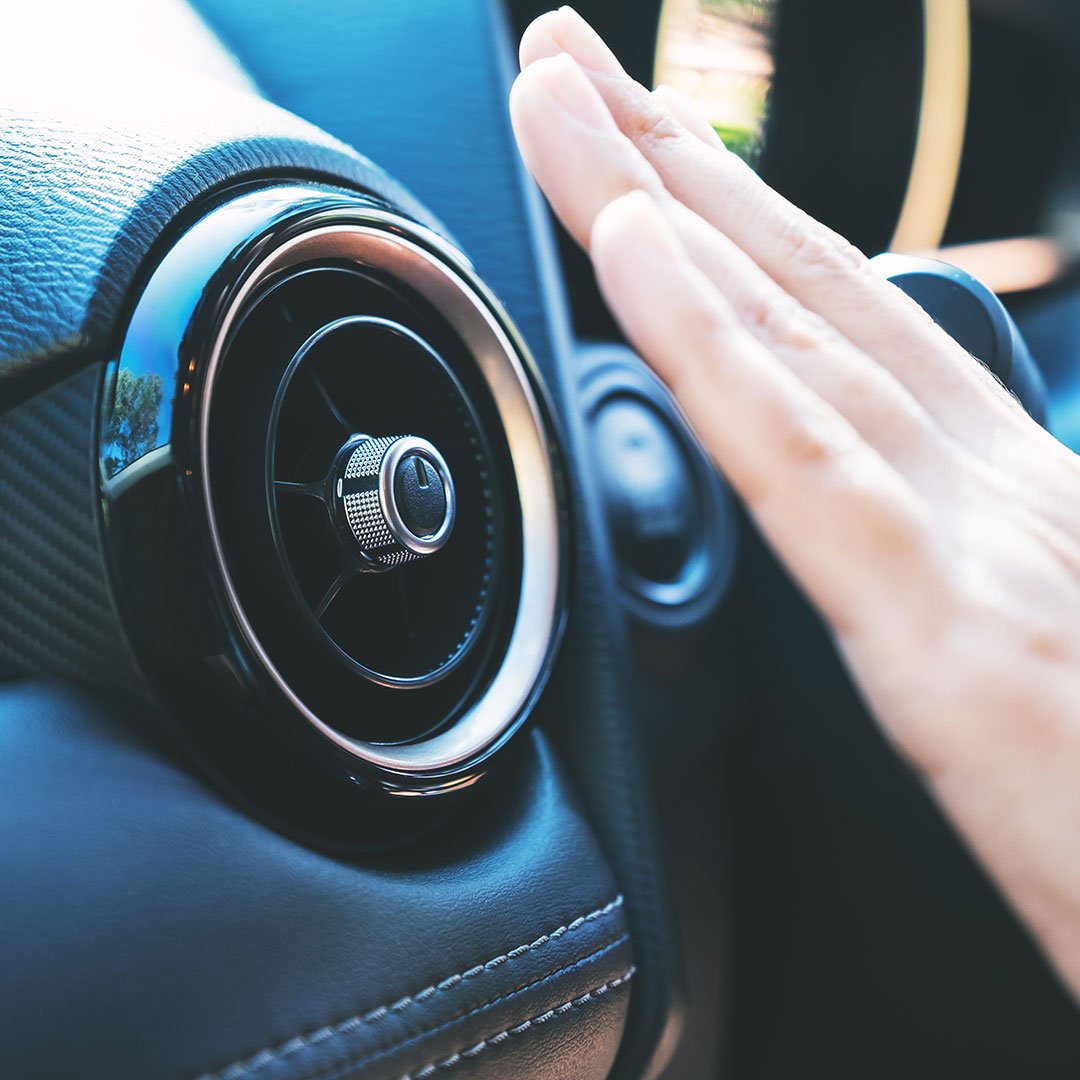According to the City of Cleveland, “When snowfall reaches at least one-half inch, the Division of Streets begins plowing and salting main streets.”
The city’s road crews ensure that you and your fellow Cleveland motorists can get around safely, even in the midst of an Ohio winter. In fact, the American Highway Users Alliance found that the use of road salt reduces crashes on four-lane roads by 93%.
Still, while salt is an effective way to keep streets snow- and ice-free, it can wreak havoc on your car if not handled properly.
Keep reading for a closer look at what salt does to your vehicle and ways you can minimize damage to your car while still enjoying the snow-free streets during the winter months.
What Is Road Salt?
Road salt (or rock salt) isn’t that different from the stuff hanging out in your cabinet — chemically speaking, that is. According to the American Chemistry Council, “Road salt — or rock salt — is halite, the mineral form of sodium chloride (NaCl) as it is naturally mined. Table salt is just a purified version of the same mineral.”
That said, the extensive purification process is what makes table salt edible. Road salt is not safe for human consumption.
Salt sprinkled on the majority of Cleveland’s roads is extracted from the Cargill Salt Mine, located just outside the city center and 1,800 feet under Lake Erie. Once unearthed, the salt is mixed with yellow prussiate of soda to prevent caking before it’s shipped out to cover Cleveland’s roads.
How Does Road Salt Work?
How does salt make ice melt even when the temperature remains below freezing? That’s chemistry again. Sodium chloride lowers the freezing point of water, preventing ice formation and helping melt existing snow and ice.
Instead of freezing at 32 degrees Fahrenheit, salt brings the freezing temperature down to around 0 degrees Fahrenheit.
Does Road Salt Damage Cars?
Road salt can be damaging to your car because salt has a corrosive effect when it comes in contact with metal. This is especially true when mixed with water.
When road salt is spread over the city’s surfaces, it mixes with melting snow to create a salty brine. As the brine is kicked up by traffic, it sticks to the sides and undercarriage of your car and can accelerate the oxidation process, eventually causing your vehicle to rust.
Road salt can also get into small scratches or dings in your car’s paint or protective coating. Once it gets in, it can access the metal underneath and start the corrosion and rusting process.
Protection against corrosion isn’t only cosmetic. When rust forms, it can have catastrophic effects on your car’s systems. If rust is left to spread along the undercarriage, it can weaken the structural integrity of your vehicle’s frame and chassis.
If left unchecked, corrosive salt can reach your car’s exhaust and braking systems and compromise their safety and functionality. This is particularly true in older car models.
In 2015, The National Highway Traffic Safety Administration (NHTSA) issued a brake line failure safety advisory warning after studying the damaging effect of corrosion on 2007 models and earlier in cold-weather states where salt was used on the road.
How to Protect Your Vehicle from Road Salt
It may sound like a losing battle. After all, Cleveland sees an average of 63 inches of snow per year, meaning salt is a fairly common occurrence between November and March. Thankfully, there are things you can do to prevent corrosion and rusting.
Wash your car regularly. It’s easy to think of the carwash as a warm-weather activity, but it can be even more important to keep your car clean in the winter. Make sure to bring your car in for a wash after a snowfall or a period of heavy salt use. Choose a wash that thoroughly cleans the undercarriage and wheel wells, as this is where the salt is most likely to accumulate.
Use a protective coating. Chalk this up to preventive maintenance. Before winter gets underway, apply a protective sealant in the form of a ceramic coating or paint protective film. Regular waxing can also add a layer of defense against salty streets.
Repair body damage right away. Small chips or cracks can become an entry point for salty brine. Once it gets in, the rusting process can begin quickly. Make sure to get any damage repaired right away to prevent unwanted corrosion.
Drive carefully. Try to avoid puddles or snow drifts. These can contain higher concentrations of salt.
Park your vehicle in a garage. Street parking leaves you vulnerable to the spray of passing snow plows and other vehicles that may kick up salty snow and water. Keep your car off the street and, ideally, in a garage.
Schedule Regular Preventive Maintenance Visits
To keep your vehicle clean, safe and running smoothly all year long, make sure to schedule regular preventive maintenance visits with your trusted local technician. If it’s been a while since you last stopped in, or you have yet to winterize your car, now is the perfect time.

